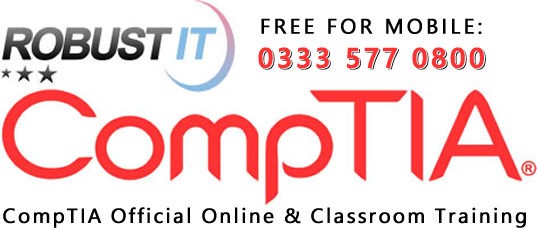

Getting certified with a CompTIA Security+ will allow you to gain the skills and knowledge necessary to handle high pressure roles that involve securing networks and managing risks

The CompTIA Security+™ certification is designed for learners whose job responsibilities include securing network services, devices, and traffic. Our self-paced online course content will prepare you for the CompTIA Security+ examination, the SY0-401.
CompTIA’s Security+ syllabus covers the most important principles for securing a network and managing risks in a working enterprise environment. This course will build your knowledge and professional experience with computer hardware, operating systems, and networks – undertaking this training program will allow you to acquire the specific skills required to implement basic security services on any type of computer network.
This course has been built for Information Technology (IT) professionals who have networking and administrative skills in Windows-based TCP/IP networks and familiarity with operating systems such as NetWare, OS X, UNIX/Linux, and OS/2. These IT professionals will be looking to further their career in IT by acquiring a foundational knowledge of security topics and earn an official qualification as they do so.
The main areas that are covered in this course are:
Achieving a CompTIA Network+ qualification will unlock a number of doors for you within the IT industry, with salaries for those that hold a Network+ certification averaging at £22,500.
The roles that you will be qualified for are as follows:
CompTIA CertMaster is an online learning tool that helps you prepare for your CompTIA certification exam with confidence.
To find out more about CertMaster please click below to...
Find out more »